德国弗里德里希-亚历山大大学的一个科研小组创造了一款基于空穴传输层(HTL)的有机光伏电池。该空穴传输层采用PEDOT:PSS材料,即一种以低成本、制备工艺简单为特点的聚合物。
在一篇发表于国际期刊《焦耳》上的、题为《用于高效、稳定的有机太阳能电池的聚合物双层空穴传输层结构》的研究论文中,研究人员表示,尽管有机太阳能电池已在实验室阶段取得了重大进展,但仍然缺乏可以在活性层上进行溶液处理、与新型非富勒烯受体(NFA)兼容并充分确保长期稳定性的界面材料。
这些科研人员解释说,他们提议的HTL为基于NFA材料且具有倒置结构的电池提供了“卓越的稳定性”。双层HTL由掺杂型聚[双(4-苯基)(2,5,6-三甲基苯基)胺(PTAA)纳米粒子和聚合物PEDOT:PSS组成。
研究人员表示,掺杂型PTAA纳米粒子(简称D-PTAAnp)充当缓冲层,使得空穴传输层之间能够正确对齐,并实现有效的空穴提取;而PEDOT:PSS形成致密层,可以保护活性层,并“进一步实现与银电极的欧姆接触”。
研究人员经过测试发现,该电池能够达到17.1%的功率转换效率。他们称这创下了基于使用PEDOT:PSS材料的HTL、具有倒置结构的有机光伏(OPV)电池的最高效率纪录。
在室温下用金属卤化物灯照射1600小时后,该器件仍能保持初始性能的95%;在60℃的金属卤化物灯照射下工作1800小时后,它仍保持93%的初始性能。据此,研究团队得出结论称,该器件具有“卓越的运行稳定性”。
为了证明中间层的通用性,研究人员随后选择了四种有机半导体复合材料,即PM7:Y6、PTQ11:Y6、PM6:DT-Y6和PM6:BTP-eC9:L8-BO。基于双层HTL的PM6:BTP-PC9:L8-BO器件实现了17.1%的光热转换效率(PCE)。
科研人员表示:“据我们所知,这是迄今为止报道的、采用可溶液处理的HTL、具有倒置结构的OPV电池的最高效率。总体而言,在采用可溶液处理的PEDOT:PSS顶层时所实现的性能和稳定性数值为实现可扩展的工业级PM6:Y6组件提供了一项重要工具。
去年12月,另一支来自德国弗里德里希-亚历山大大学的科研团队为创造了14.46%的有机光伏组件效率纪录。
This content is protected by copyright and may not be reused. If you want to cooperate with us and would like to reuse some of our content, please contact: editors@pv-magazine.com.
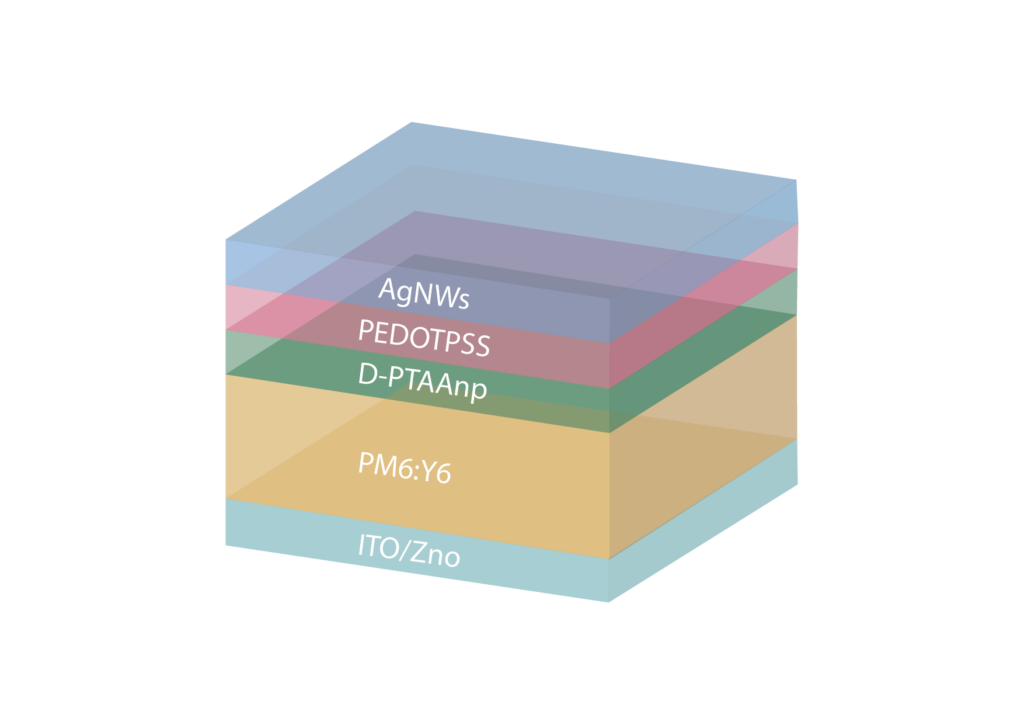


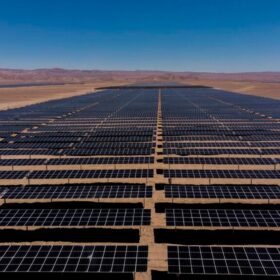
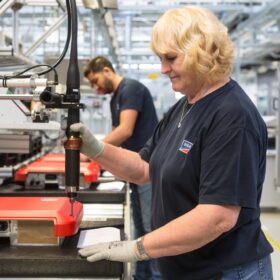
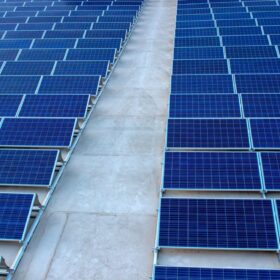
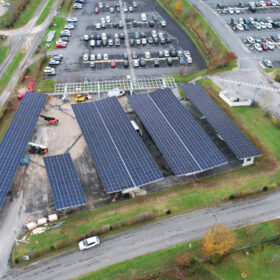
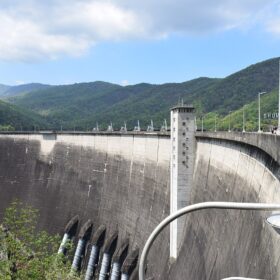
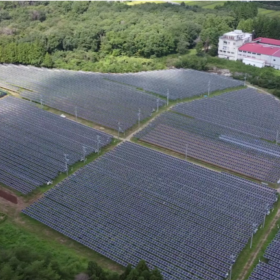
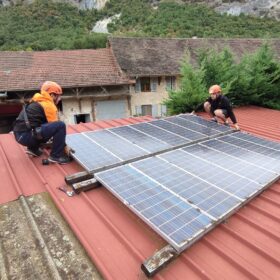
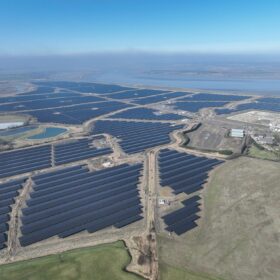


By submitting this form you agree to pv magazine using your data for the purposes of publishing your comment.
Your personal data will only be disclosed or otherwise transmitted to third parties for the purposes of spam filtering or if this is necessary for technical maintenance of the website. Any other transfer to third parties will not take place unless this is justified on the basis of applicable data protection regulations or if pv magazine is legally obliged to do so.
You may revoke this consent at any time with effect for the future, in which case your personal data will be deleted immediately. Otherwise, your data will be deleted if pv magazine has processed your request or the purpose of data storage is fulfilled.
Further information on data privacy can be found in our Data Protection Policy.